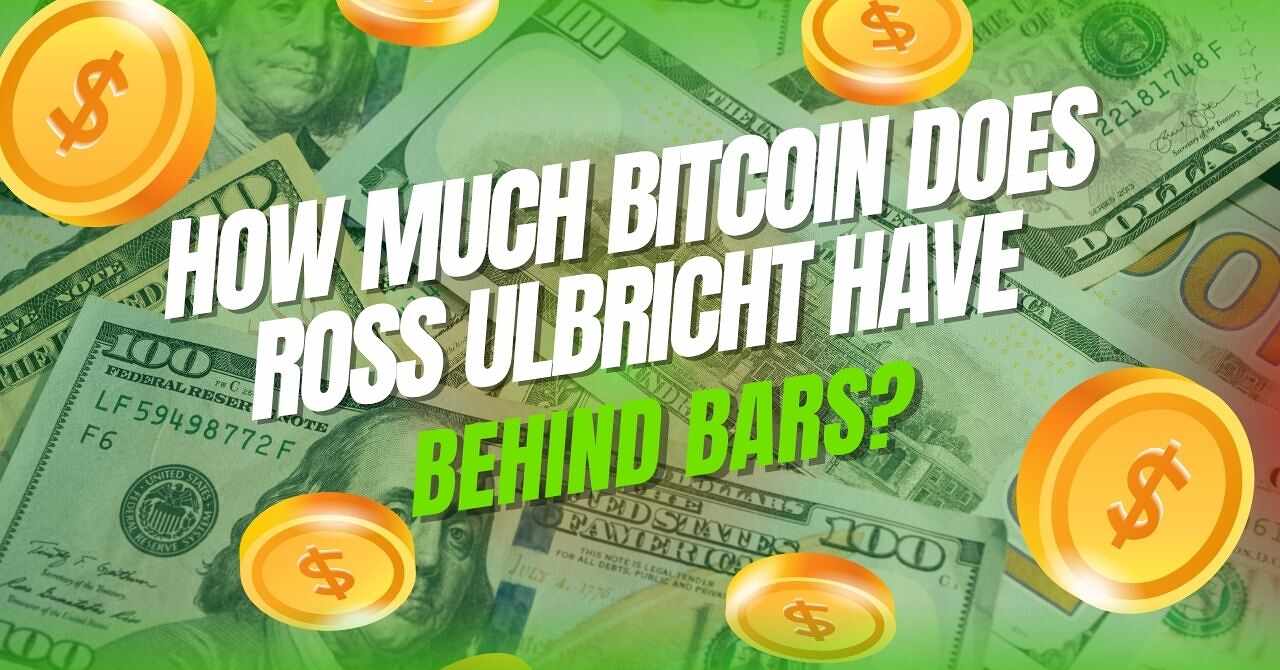Who has the most bitcoins in 2025? Is it a shadowy billionaire, a dominant government, or a forward thinking tech giant? As Bitcoin continues to disrupt and redefine the global financial landscape, the answer is more complex and more surprising than ever. In this in depth exploration, we reveal the key players behind the world’s largest Bitcoin holdings. From anonymous pioneers to corporate giants and national treasuries, you’ll uncover the hidden dynamics of digital wealth and power.
Keep reading to find out who really holds the most bitcoins in 2025 and learn how you can start building your own digital fortune in today’s rapidly evolving crypto economy.
1.Understanding Bitcoin ownership: who really holds the wealth?
Bitcoin might be a digital asset, but its ownership is anything but abstract it’s tangible, traceable, and in many cases, immensely valuable. To truly answer the question who has the most bitcoins, we must first unravel how Bitcoin ownership works and why uncovering the real holders is more complicated than it seems.

1.1 How Bitcoin ownership is tracked
Every single Bitcoin transaction is permanently recorded on the public blockchain, forming a transparent and immutable ledger of activity. Unlike traditional bank accounts tied to legal identities, Bitcoin wallets are pseudonymous identified only by alphanumeric addresses, not personal names. This unique design makes Bitcoin a fascinating paradox: it’s simultaneously public and private. Ownership is technically visible, but identities often remain hidden unless voluntarily disclosed or legally uncovered.
With advanced blockchain forensics tools like Chainalysis and Glassnode, analysts and institutions can track wallet balances, transaction flows, and behavioral patterns across the blockchain. These insights help decode who might be behind large wallets, offering valuable context in the global race to discover who has the most bitcoins
For example:
- Satoshi Nakamoto’s wallets, believed to hold over 1.1 million BTC, have never moved. This adds weight to theories that Satoshi may be an individual who has disappeared or possibly a group.
- MicroStrategy has publicly disclosed its wallet addresses, making its more than 580,000 BTC easy to verify.
- This level of transparency is what makes Bitcoin traceable, yet at the same time, difficult to pin down to actual identities.
1.2 Can we really know who owns Bitcoin?
In most cases, we can’t know for sure who owns specific Bitcoin wallets unless that person or organization publicly identifies themselves or is legally compelled to do so. This is by design. Bitcoin was built to be decentralized and permissionless.
However, there are clues:
- Public company filings: Firms like Tesla, Block (formerly Square), and Riot Platforms report their Bitcoin holdings in SEC disclosures.
- On chain patterns: Satoshi’s wallets, for instance, show unique mining behavior called the “Patoshi pattern,” making them easily distinguishable.
- Whale movements: When a wallet holds tens of thousands of BTC and exhibits consistent trading behavior, analysts label it as a “whale,” often linked to exchanges or early adopters.
Understanding these patterns is like technical analysis in trading just as traders learn how to use Fibonacci retracement to identify support and resistance zones, blockchain analysts interpret wallet behavior to estimate influence and ownership.
2. Top Bitcoin Billionaires in 2025
Understanding who has the most bitcoins isn’t just about curiosity it’s about tracing the concentration of digital wealth and influence in the crypto world. While Satoshi Nakamoto holds an unparalleled legacy in Bitcoin ownership, several modern billionaires have accumulated massive BTC holdings through strategic investments, long term belief, or early adoption.
Let’s break down the top individuals dominating the Bitcoin landscape as of 2025.
2.1 Satoshi Nakamoto’s estimated holdings
As discussed earlier, Satoshi Nakamoto – Bitcoin’s anonymous creator is still the individual with the most bitcoins. Estimates by blockchain experts place their stash at roughly 1.1 million BTC, mined in the network’s infancy. These coins have remained untouched for over a decade, which some see as a testament to Satoshi’s vision of decentralization.
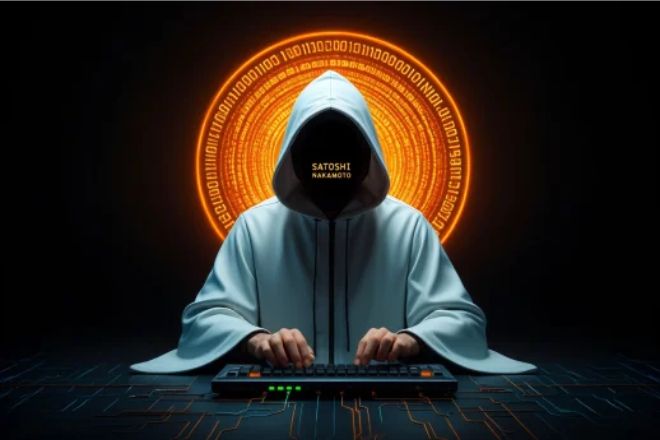
This “digital silence” contributes heavily to Satoshi’s mythos and ensures no central figure can exert undue influence over Bitcoin’s trajectory.
Why Satoshi’s wallets have never moved
Despite Bitcoin’s rising price, Satoshi’s wallets have never shown any sign of activity. This leads experts to believe that:
- Satoshi has either lost access or deliberately chosen not to intervene
- Moving the funds could destabilize the market
- It preserves Bitcoin’s foundational principle of trustlessness
In the words of Bitcoin educator Andreas Antonopoulos:
“If Satoshi’s coins ever moved, the psychological impact would be enormous. The very foundation of Bitcoin’s decentralization could be shaken.”
2.2 The Winklevoss Twins
Tyler and Cameron Winklevoss, founders of the Gemini exchange, are among the earliest institutional Bitcoin adopters. With an estimated 70,000 BTC, their net worth soared as Bitcoin’s value rose.

They’ve publicly stated their belief that Bitcoin is “better gold,” and they’ve positioned themselves not just as investors but as infrastructure builders in the crypto ecosystem.
2.3 Tim Draper (~29,656 BTC)
Venture capitalist Tim Draper made headlines in 2014 when he purchased nearly 30,000 BTC from the U.S. Marshals Service in a government auction. A vocal Bitcoin advocate, Draper predicted that Bitcoin would reach $250,000 by the mid 2020s.

He continues to invest in crypto startups and remains one of Bitcoin’s most recognized public figures.
2.4 Michael Saylor (~17,732 BTC)
Former CEO and now Executive Chairman of MicroStrategy, Michael Saylor personally owns over 17,700 BTC. His bold belief in Bitcoin as a treasury reserve asset inspired one of the most aggressive BTC acquisition strategies in corporate history. He famously stated:
“Bitcoin is digital property, it’s the most secure, decentralized network humanity has ever created.”
Saylor’s thought leadership has played a key role in institutional Bitcoin adoption.

2.5 Changpeng Zhao (CZ)
Better known as CZ, the founder of Binance the world’s largest cryptocurrency exchange has been tight-lipped about his personal holdings. However, public estimates suggest his BTC and crypto net worth could place him among the top crypto billionaires.
While CZ may hold less Bitcoin directly compared to others, his indirect influence over global crypto markets is immense.

2.6 Brian Armstrong
As the co-founder and CEO of Coinbase, Brian Armstrong has long advocated for regulatory clarity and crypto accessibility. His Bitcoin holdings aren’t as publicly documented, but his role in mainstream adoption is undeniable.
Through Coinbase, Armstrong has onboarded millions of users into the world of BTC and altcoins, making him one of the most influential players in the crypto industry.
2.7 Other Notable Individuals
Beyond these high-profile figures, there are many early adopters, miners, and anonymous whales with significant holdings. Some names include:
- Giancarlo Devasini (CFO of Tether
- Chris Larsen (Ripple co-founder)
- Roger Ver, also known as “Bitcoin Jesus”
Many of these individuals prefer privacy, and their exact BTC holdings are speculative, often inferred through wallet tracking and public records.
3. Governments that hold Bitcoin: A growing trend in 2025
While individuals and companies make headlines, many readers still wonder: who has the most bitcoins among nations? Interestingly, several governments around the world now hold substantial BTC reserves, either through direct acquisition or asset seizures related to criminal investigations.
This quiet accumulation by nation states reflects growing recognition of Bitcoin not just as an investment, but as a strategic reserve asset for national treasuries.
3.1 United States
The United States government is currently one of the largest known holders of Bitcoin. As of 2025, estimates suggest the U.S. controls roughly 198,000 BTC, largely acquired through law enforcement seizures, such as:
- The Silk Road seizure (69,000 BTC)
- Bitfinex hack recovery (over 94,000 BTC)
- Additional confiscations from cybercrime and darknet operations
Rather than selling these assets quickly, the U.S. often holds them for years, demonstrating a cautious yet strategic approach to Bitcoin custody. According to a 2024 report from Chainalysis, U.S. government Bitcoin holdings rank among the top five BTC wallets globally.

3.2 China
China is another country high on the list when asking who has the most amount of bitcoins, even though the nation officially banned crypto trading. Much of China’s BTC holdings stem from crackdowns on fraud, scams, and illegal mining operations. In 2020, Chinese authorities seized 194,000 BTC during a major bust of the PlusToken Ponzi scheme. These assets were reportedly absorbed into government control.
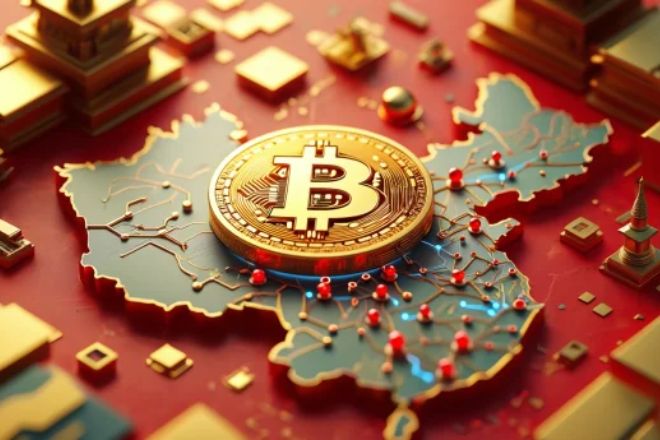
Although China has maintained a hostile stance toward decentralized currencies, holding this large amount of Bitcoin gives the government quiet leverage over digital asset trends.
3.3 United Kingdom, Ukraine, Bhutan, and El Salvador
Several other countries also appear on the growing list of Bitcoin holding governments, though on a smaller scale:
- United Kingdom: Recent court documents confirm over 61,000 BTC in seized assets, primarily from money laundering and cybercrime.
- Ukraine: Amid war efforts, Ukraine has embraced crypto donations and may hold up to 46,000 BTC in both public and private wallets.
- Bhutan: A surprising entry Bhutan’s sovereign investment arm, Druk Holding & Investments, revealed Bitcoin mining operations and holdings of over 10,000 BTC.
- El Salvador: The first country to adopt Bitcoin as legal tender holds approximately 6,114 BTC and continues dollar-cost averaging into BTC under President Nayib Bukele.
Each country has a unique motive ranging from economic freedom and diversification to technological innovation and financial sovereignty.
3.4 Why some Nations are accumulating Bitcoin
So why are governments investing in BTC, especially in times of global economic uncertainty?
- Hedge Against Inflation: Bitcoin offers a decentralized store of value with a fixed supply.
- Strategic Reserves: Similar to gold, BTC can be a long-term asset to strengthen national reserves.
- Geopolitical Positioning: Countries with crypto reserves can gain influence in the digital financial system of the future.
- Public Image: Embracing crypto innovation can position a country as forward thinking and tech savvy.
As global tensions rise and fiat currencies face growing uncertainty, more countries are turning to Bitcoin not just as a hedge, but as a strategic asset. In 2025, the question “who has the most Bitcoin in the world” extends far beyond crypto whales and tech moguls. Today, nation states have entered the arena, and their actions could redefine the balance of power in the next era of the digital economy.
4. Total Bitcoin supply and circulating supply
Understanding the total and circulating supply of Bitcoin is essential when asking who has the most number of bitcoin. Since Bitcoin has a hard coded limit, ownership concentration becomes even more significant as time passes and as fewer coins remain to be mined.
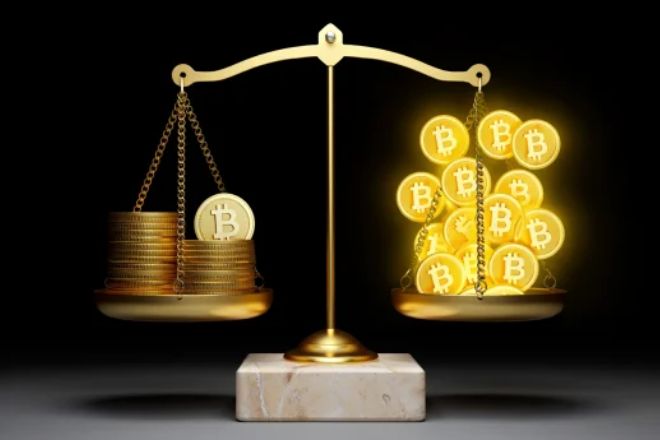
Let’s break down the numbers and explore how Bitcoin’s scarcity shapes both its market dynamics and its biggest holders’ influence.
4.1 Maximum Supply: 21 Million BTC
One of Bitcoin’s defining features is its fixed maximum supply of 21 million BTC. This limit was hard-coded by Bitcoin’s creator, Satoshi Nakamoto, to mimic the scarcity of natural resources like gold.
Once all 21 million coins have been mined projected around the year 2140 no new BTC will ever be created. This scarcity is a key reason why people view Bitcoin as “digital gold” and why early accumulation has created a powerful class of Bitcoin billionaires. As of 2025, over 93% of all Bitcoins (roughly 19.5 million BTC) have already been mined.
This scarcity means that who owns the most bitcoins isn’t just a matter of curiosity it directly ties to influence, wealth, and power within the crypto ecosystem.
4.2 Lost Bitcoins: Estimates and Impact
One often overlooked factor is how many Bitcoins are permanently lost. Due to forgotten passwords, misplaced hardware wallets, and deceased owners, a significant portion of BTC is now unrecoverable.
Some of the largest “wallets” are believed to be inactive or lost possibly even those linked to Satoshi Nakamoto. These coins are part of the total supply but not part of the circulating supply, reducing the actual number of Bitcoins available for use or sale.
This makes the question “who has the most bitcoins” even more interesting because some of the top holders may not even be able to access their BTC, further shrinking the liquid market.
4.3 Effect of Supply Limits on Market Power
The finite nature of Bitcoin’s supply creates a power dynamic: the fewer coins available, the more market influence those with large holdings have.
Institutions like MicroStrategy and individuals like Michael Saylor have often emphasized this point. “There’s a limited number of seats on the Bitcoin rocket,” Saylor has said. Owning a significant portion of that fixed supply grants early adopters financial leverage and strategic influence.
Here’s how limited supply shapes power:
- Price Impact: Whales can cause large market swings by buying or selling BTC.
- Store of Value: Large holders can preserve wealth better than late entrants.
- Scarcity Premium: As demand grows, the value of available BTC rises benefiting existing holders.
When we ask who has the most bitcoins, we’re not just talking about numbers we’re talking about access to one of the most finite, valuable, and disruptive digital assets ever created. With less than 7% of BTC left to be mined and millions lost forever, those who control large wallets today may shape the future of finance tomorrow.
5. Who really controls the Bitcoin Market?
Bitcoin may have been born as a decentralized, peer to peer currency but in 2025, the reality of ownership tells a more intricate story. Asking “who has the most bitcoins” is really about uncovering who holds the true power to sway the market. And today, that influence is far from evenly distributed.
Let’s break down how whales, institutions, and even governments are reshaping the dynamics of Bitcoin’s global economy.
5.1 Power players behind Bitcoin: Whales, Institutions, and Nation States
In the world of crypto, a “whale” refers to an individual or entity that holds an enormous amount of Bitcoin so much, in fact, that a single transaction from them can send shockwaves through the entire market. According to data from Glassnode, just 2% of all Bitcoin wallet addresses control more than 90% of the total supply. These powerful holders include early adopters, major cryptocurrency exchanges, and large corporate treasuries. When asking who has the most bitcoins, understanding the role of these whales is key they’re not just holding coins, they’re influencing global market movements.
Notable Whales & Their Estimated Holdings:
- Satoshi Nakamoto: ~1.1 million BTC (likely dormant)
- MicroStrategy (Institutional): 580,000+ BTC
- U.S. Government (via asset seizures): 198,000+ BTC
- Binance Cold Wallets (Exchange custody): Tens of thousands of BTC
These entities don’t just hold BTC they shape narratives, influence investor sentiment, and in some cases, move markets overnight.
This is especially relevant when evaluating who has the most bitcoins, because possession often translates into price control. When a whale buys, the market often follows. When a whale sells, panic can ensue.

Institutions like Tesla, Block.one, and Marathon Digital have entered the game not just as investors but as market players. Governments, too, are now holding substantial BTC either by accident (through seizures) or by strategy (as in El Salvador’s case).
5.2 Is Bitcoin still truly decentralized?
The ideal of decentralization is at the heart of Bitcoin’s ethos. But with such high concentrations of BTC in a handful of wallets often controlled by exchanges, corporations, or early adopters the reality is more nuanced.
Let’s break it down:
- Technically Decentralized: The Bitcoin network itself runs on thousands of nodes globally. No single party controls the protocol.
- Economically Centralized: A small number of wallets control the majority of wealth and liquidity.
- This dichotomy means Bitcoin remains decentralized in infrastructure, but centralized in capital power.
Why this matters:
- Price Manipulation Risk: A few large transactions can swing markets.
- Access Inequality: New investors buy at higher prices while early whales sit on massive unrealized gains.
- Public Perception: Critics argue Bitcoin is becoming what it once aimed to replace a system where wealth is controlled by the few.
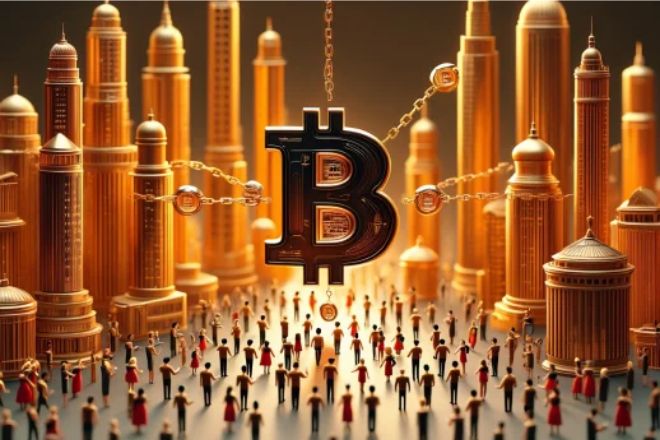
Still, Bitcoin’s open source nature, public ledger, and permissionless design ensure anyone can participate, learn, and build wealth over time if they’re strategic.
When we ask who has the most bitcoins, we’re also asking: Who has the influence to guide Bitcoin’s future? While decentralization protects the network, market influence remains concentrated. Understanding this dynamic is key for any investor, trader, or curious reader.
Frequently Asked Questions (FAQs)
1. Who really has the most Bitcoins in 2025
As of 2025, the biggest holder of Bitcoin remains a mystery: Satoshi Nakamoto, with an estimated 1.1 million untouched BTC. But if you’re looking at active entities, MicroStrategy leads the way. So, who has the most bitcoins today? It depends on how you define ownership.
2. Can we truly know who owns all that Bitcoin?
Is it possible to pinpoint who has the most bitcoins? Not quite. Despite Bitcoin’s public blockchain, ownership remains masked by pseudonymous wallet addresses unless someone reveals their identity or is found through forensic investigation.
3. What are Bitcoin Whales and how do they impact the Market?
When asking who has the most bitcoins, the answer often lies with whales. These massive holders can move markets with a single trade. But what exactly makes a whale, and why should you care?
4. How much Bitcoin is lost forever and what does that mean for ownership?
Millions of BTC are believed to be lost for good. So when we ask who has the most bitcoins, we also need to ask: How many of those coins are actually usable? The answer might surprise you and change how we view scarcity.
5. Do Governments secretly own a lot of Bitcoin?
Yes, and their influence is growing. From the U.S. to China and El Salvador, governments now hold massive BTC reserves. So next time you wonder who has the most bitcoins, don’t overlook nation states they’re quietly becoming whales themselves.
6. Is Bitcoin still decentralized if so few hold so much?
Technically decentralized, yes. Economically? Less so. As ownership becomes increasingly concentrated, the question who has the most bitcoins also raises concerns about wealth inequality within the crypto world.
7. How can you start suilding your own Bitcoin holdings today?
While asking who has the most bitcoins can be fascinating, the more important question might be: How can you start? Learn the basics, secure your wallet, use tools like Fibonacci retracement and begin your journey toward digital wealth.
Remember, you don’t need to become the next “Satoshi” you just need to start early, safely, and consistently.
Read more:
- What is Bitcoin’s highest price? Full history explained
- What is Bitcoins potential over the next decade? Stay ahead to succeed
- What do you do with Bitcoins? 6 profitable secrets you should know in 2025
Final Thoughts: Who has the most Bitcoins and what that means for you
The question who has the most bitcoins reveals far more than just a leaderboard of digital fortunes it exposes the shifting dynamics of global wealth, power, and digital sovereignty. From Satoshi Nakamoto’s untouched 1.1 million BTC to the rising influence of governments like the U.S., China, and El Salvador, Bitcoin ownership is no longer limited to early adopters or tech billionaires. Today, whales, institutions, and even nation-states are shaping the crypto landscape.
With only 21 million BTC ever to exist, and millions already lost, those who hold large quantities control not just value but influence. Understanding wallet behavior, on-chain transparency, and supply scarcity allows you to see where the market is headed, not just where it’s been.
Whether you’re a curious reader or a serious investor, one thing is clear: Bitcoin’s future isn’t just about who has the most it’s about how you choose to participate.
Explore expert insights, real time analysis, and educational tools in the Bitcoin category at VN-US Trade. As a trusted platform connecting Vietnam and the U.S., VN-US Trade empowers you with the knowledge and resources to navigate the crypto world confidently.


